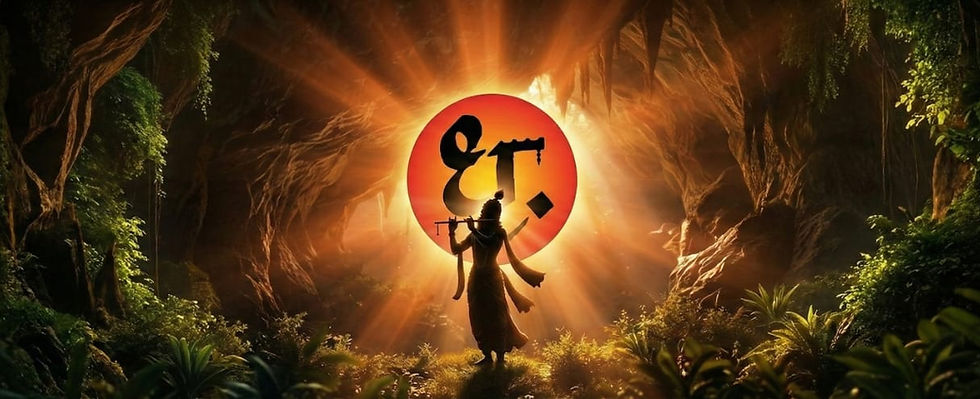
Dhrupad Gurukul
Best Flute Teacher In Pune (India) Sameer Inamdar
स्वरेवेदाश्चशास्त्राणि स्वरेगांधर्वमुतत्तमं स्वरेचसर्वत्रैलोक्यं स्वरमात्मस्वरूपकम् ।।

best online flute class
Students Speak
“Does Dhrupad Gurukul offer classes using the traditional Gurukul method? What is that experience like?”
“Is this the best place to learn flute in Pune?”
“Can I schedule classes as per my convenience? Does each student get personal attention? ”
“What if I have no prior music knowledge? Can I still enrol at Dhrupad Gurukul ? Will the Guru help me identify my weaknesses and overcome them while fine-tuning my strengths?”
“How are classes conducted at Dhrupad Gurukul ? Do they maintain timing? Are they professional? How can they help me?”
Are questions like these crowding your mind as you decide to sign up for Dhrupad flute or vocal classes at Dhrupad Gurukul , Pune? See for yourself what our former as well as existing students have to say about their experience with us.
Dhrupad Music
Dhrupad is one of the oldest forms of Indian classical music, which was prevalent even through the early evolutionary phases. It is believed to have evolved from the chanting of OM or the primordial sound. The ultimate goal of Indian classical music has always been self-realization. Dhrupad too ascribes to this philosophy of introspection and is contemplative in nature. It is devotional, pure and spiritual, intending to connect the listener/singer to his higher self rather than seeking to entertain. It is meditative and that is why, the style of delivery of Dhrupad music is often sans ornamentation.
In the earlier days, it was used as a form of worship and hence, it was often performed in Temples.
History Of Dhrupad Music
It is widely believed that the Dhrupad style of music started gaining ground in 11th Century CE, though we cannot with certainty pin-point its exact time of origin. Dhrupad or Dhruvapad stems from the amalgamation of the words — Dhruva (resolute, unwavering and permanent) and Pad (verse, word or articulation). It traces its origin to the Sama Veda which was sung using the Samagana. This is later believed to have developed into the Chhanda and Prabhandha styles which were predominant before the emergence of the Dhrupad style of music, with its elaborate and complex grammar, and aesthetics.
Dhrupad finds mention in both, ancient and medieval Hindu, Sanskrit texts like Natyashastra and Bhagavata Purna. Sarangadeva, in Prabhandh Adhyay, the fourth chapter of his book, Sangita Ratnakara has mentioned around 260 types of prabhandhas and their variations, one of which is the Saalag Sood Prabandh from which Dhrupad is said to have developed.
The language of Dhrupad compositions began to change from Sanskrit to Brij Bhasha between the 12th and 16th Centuries. Raja Maan Singh Tomar’s patronage in 15th Century CE immensely popularized Dhrupad.
When tracing the history of Dhrupad music, one name which definitely merits mention is that of Swami Haridas, whose major contributions are Vishnupadas or Dhrupads dedicated to Lord Krishna. The much-famed Tansen is the disciple of Swami Haridas and is said to have introduced Dhrupad music to Mughal courts. The development of the Gauhaar Bani/tradition of Dhrupad is attributed to him.
There are 3 other styles or traditions of performing Dhrupad:
-
Khandahaar Bani (started by Raja Samokhan Singh)
-
Nauhaar Bani (started by Rajput Shri Chand)
-
Daagur Bani (started by Brij Chand)
Based on the influences of these Banis, the following gharanas of Dhrupad gained currency:
-
Darbhanga Gharana, influenced by the Gauhaar and Khandahaar Banis
-
Talwandi Gharana of Pakistan, majorly influenced by the Khandahaar Bani
-
Bettiah Gharana of Bihar, influenced by Khandahaar and Nauhaar Banis
-
Dagar Gharana, based on the Daagur Bani
Musicial Instruments In Dhrupad
Dhrupad Hindustani classical music is a style of presenting or expressing the Raag. The repertoire of musical instruments used in Dhrupad includes the Rudra Veena (due to its capacity to produce subtle micronotes), Surbahar, Flute/Bansuri and Sarod (melodic), Pakhawaj (rhythmic) and the Tanpura (drone).
The importance of the Tanpura in Dhrupad music cannot be overstated. It is pivotal to any Dhrupad performance. The desired Raag is rendered by the singer in the perfect pitch, with the aid of the Tanpura. In Dhrupad, a lot of significance is attached to a singer merging his/her voice with the vibration of the Tanpura. When the singer’s voice is accurately pitched, with each note in its actual position, and the voice perfectly merges with the Tanpura, a natural consonance is created. This causes the true character and mood of the Raag to surface. These subtleties can only be learnt from a Guru, who can through his/her extensive knowledge and skill, guide you in your divine experience of the majestic Dhrupad.